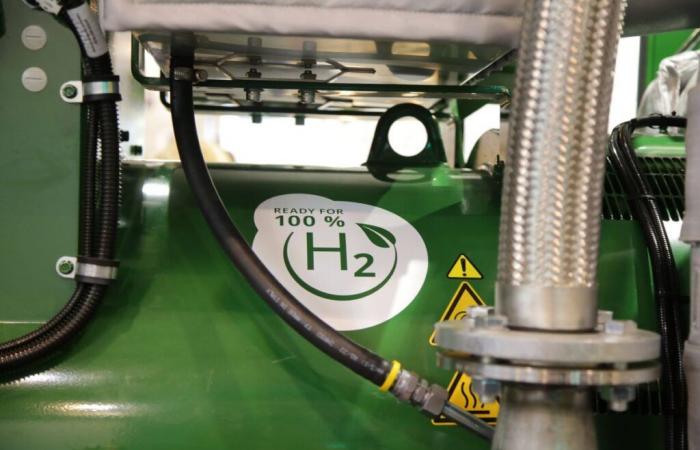(Montel) Natural gas combined with carbon capture and storage (CCS) is expected to remain the main source of hydrogen in the EU until 2030, with renewable hydrogen only taking off after 2040, according to a study commissioned by the European lobby Eurogas.


The share of green hydrogen is only expected to increase between 2040 and 2050, once solar and wind capacity becomes profitable enough to enable hydrogen production from electrolyzers, said Stefan Lorenczik, head of the Frontier Economics consultancy.
This is the reference scenario of the study published on Thursday, which is based on the global ambition scenario of the ten-year network development plan of the organization of network operators of the European Union Entso.
The study’s most optimistic scenarios in terms of electrification and energy efficiency maintain the forecast of an increase in the increase in the consumption of biomethane and low-carbon gas of 15% between 2019 and 2050. exact values are not specified.
Less optimistic assumptions anticipate an increase in gas consumption of 36% over the same period. The share of gas and its derivatives in energy consumption would increase from 22% in 2019 to 37% in 2050.
“Having renewable gas as a substitute can really make a difference in cost and price [de l’électricité] », said Christoph Gatzen, director of Frontier Economics.
According to the consultancy firm’s estimates, up to EUR 540 billion could be saved over the period 2030-2050, he added.
Convert electricity to gas
Widespread expansion of renewable generation capacity would create demand for more electricity conversion technologies, to integrate additional volumes of electricity into the system, particularly for the conversion of electricity to hydrogen, notes l ‘study.
Depending on the evolution of demand, electrolyser capacity needs could reach 360-475 GW in 2050 in the EU, compared to 80 MW installed in 2022.
In the longer term, biomethane would remain essential to replace natural gas in methane demand, and would represent 30% of the optimal gas mix in the reference scenario.
But if the ramp-up of green hydrogen and biomethane production is hampered, imports of natural gas combined with carbon capture and storage can fill the gap, the study highlights.
Swiss









